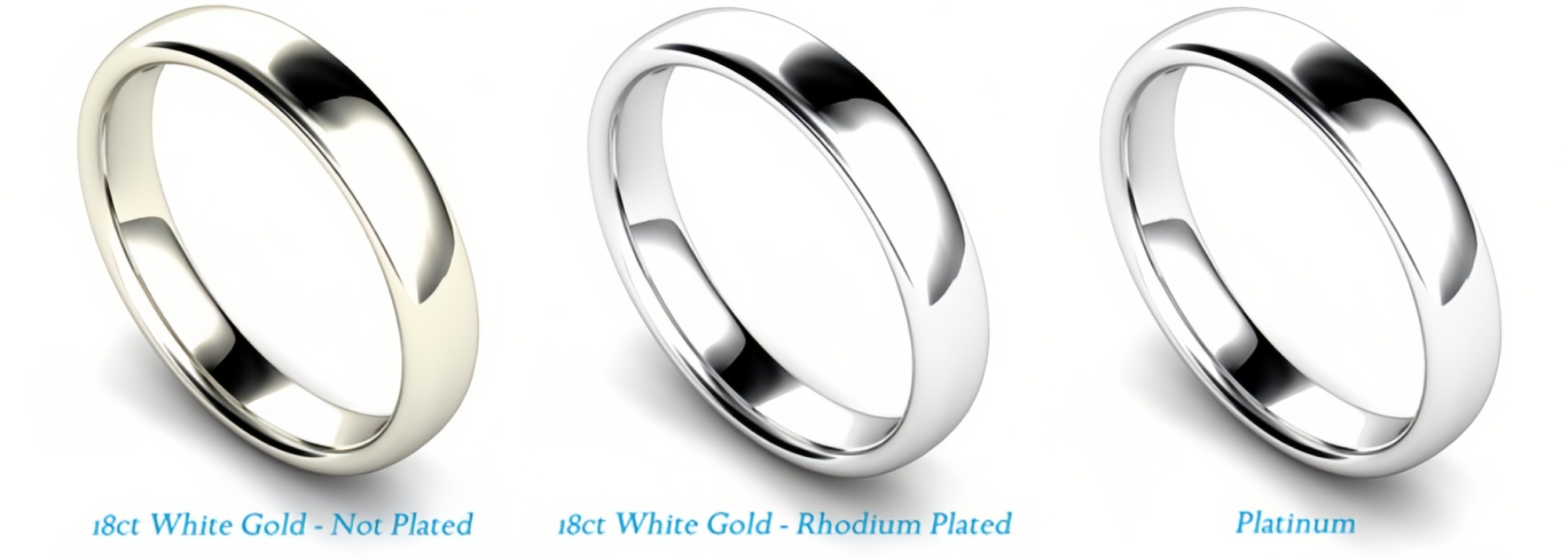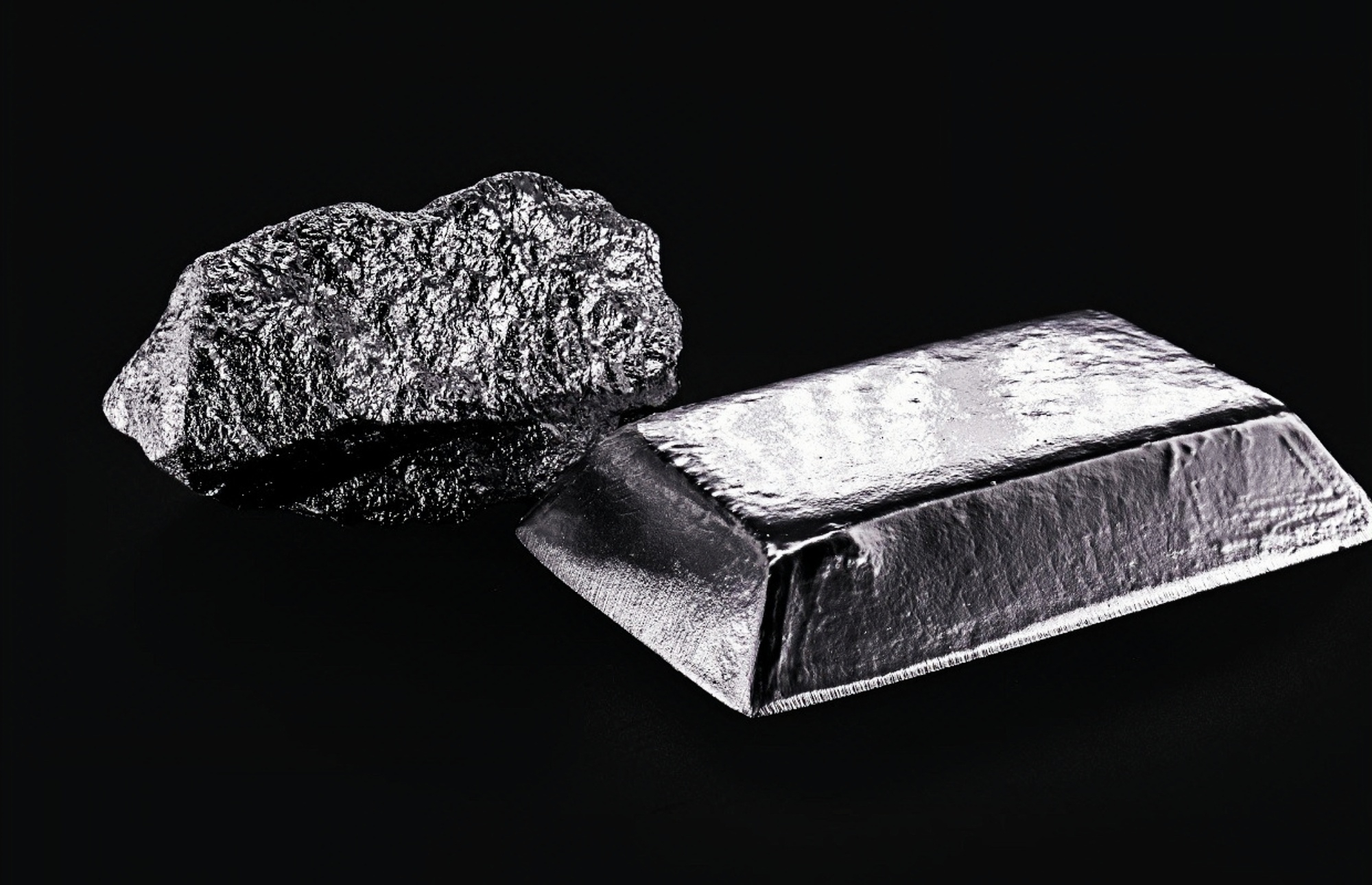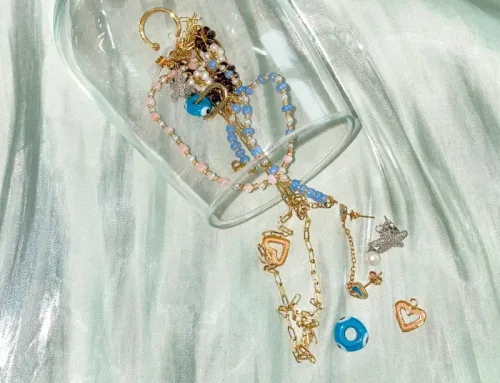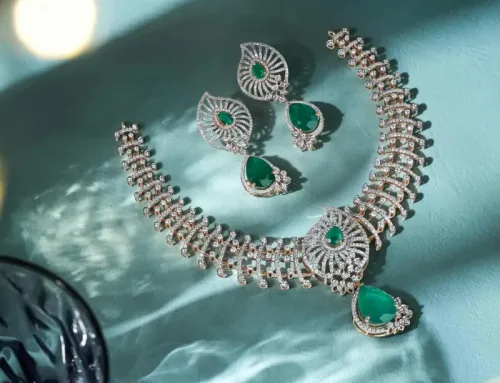
As an experienced OEM jewelry manufacturer with over two decades of expertise in jewelry coating, we aim to simplify the information on white gold and rhodium coating for you.
Color:

White gold, a popular choice in OEM jewelry manufacturing, is created by mixing pure gold with white metals like nickel or silver. However, it still retains a slight yellowish tint. To enhance its whiteness, jewelers often apply a thin layer of rhodium, a precious metal coating, onto the surface of the white gold.
Rhodium coating, also known as rhodium plating or rhodium electroplating, is a process that involves depositing a thin layer of rhodium onto the surface of the jewelry. This results in a bright white and lustrous appearance, adding a polished and reflective shine that is highly desirable in the jewelry industry.
Durability:

White gold, known for its inherent strength and resistance to tarnishing, is a durable choice for OEM jewelry. However, it’s important to note that the rhodium plating on white gold jewelry may gradually wear off over time, revealing the underlying yellowish gold. To maintain the desired white look, periodic re-plating with rhodium is necessary.
Rhodium coating, being a surface treatment, is subject to wear and tear, especially on frequently worn pieces like rings or bracelets. The longevity of the rhodium coating depends on factors such as the thickness of the plating, frequency of use, and individual care. As a seasoned OEM jewelry manufacturer, we understand the importance of providing durable and long-lasting finishes for each jewelry piece.
Maintenance:

Proper maintenance is crucial in preserving the appearance of both white gold and rhodium-coated jewelry. White gold jewelry requires regular cleaning and occasional rhodium re-plating to retain its white allure, making it an ideal choice for OEM jewelry that needs to maintain its pristine look.
On the other hand, rhodium-coated jewelry is relatively low-maintenance and can be easily cleaned using mild soapy water or specialized jewelry cleaning solutions. This makes it a convenient option for OEM jewelry that requires easy maintenance.
Hypoallergenic:

It’s worth noting that some individuals may experience allergic reactions to white gold, primarily due to the presence of nickel in the alloy. Rhodium coating acts as a hypoallergenic barrier, reducing the risk of allergic responses. However, if the rhodium plating wears off, it is important to consider potential sensitivities associated with the underlying metal, especially for OEM jewelry that prioritizes customer comfort.
As an OEM jewelry manufacturer with extensive experience, we emphasize the significance of selecting the most suitable coating technique based on factors such as durability, maintenance requirements, and potential allergies. Both white gold and rhodium coating offer unique advantages and considerations for OEM jewelry, and our expertise can guide you in making informed decisions to ensure the optimal outcome for your jewelry pieces.





